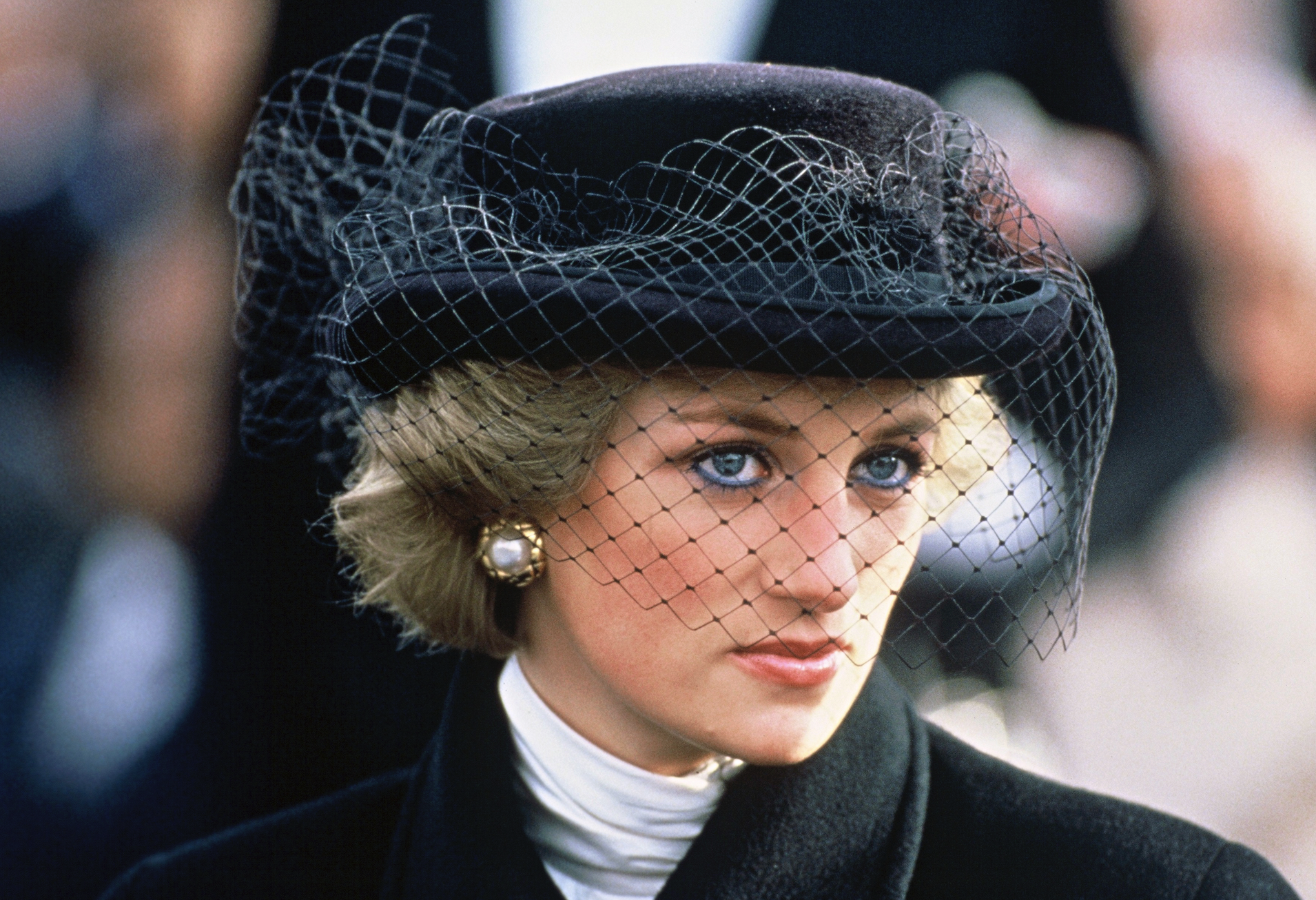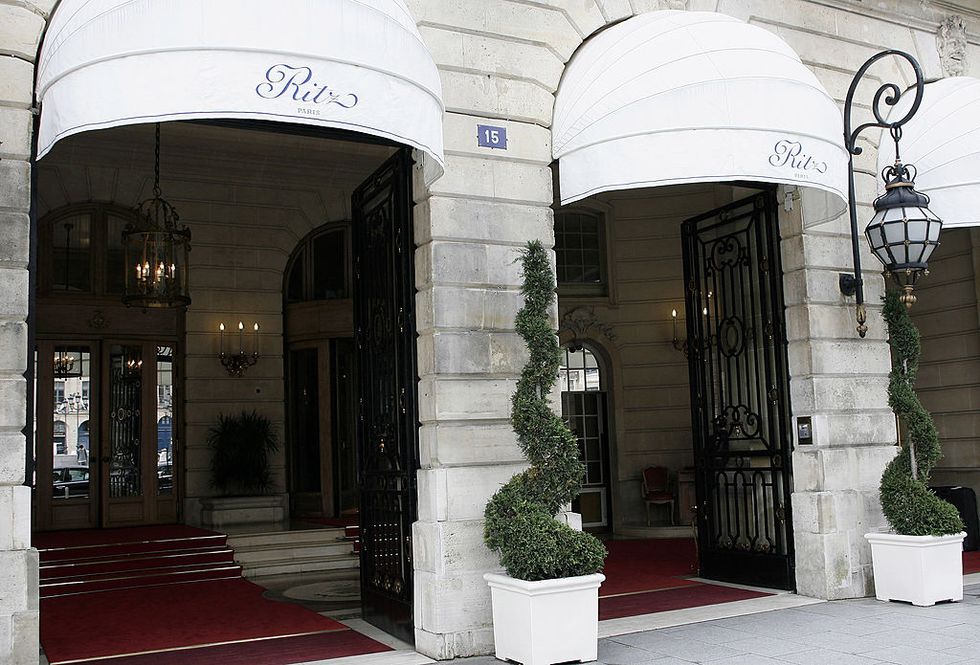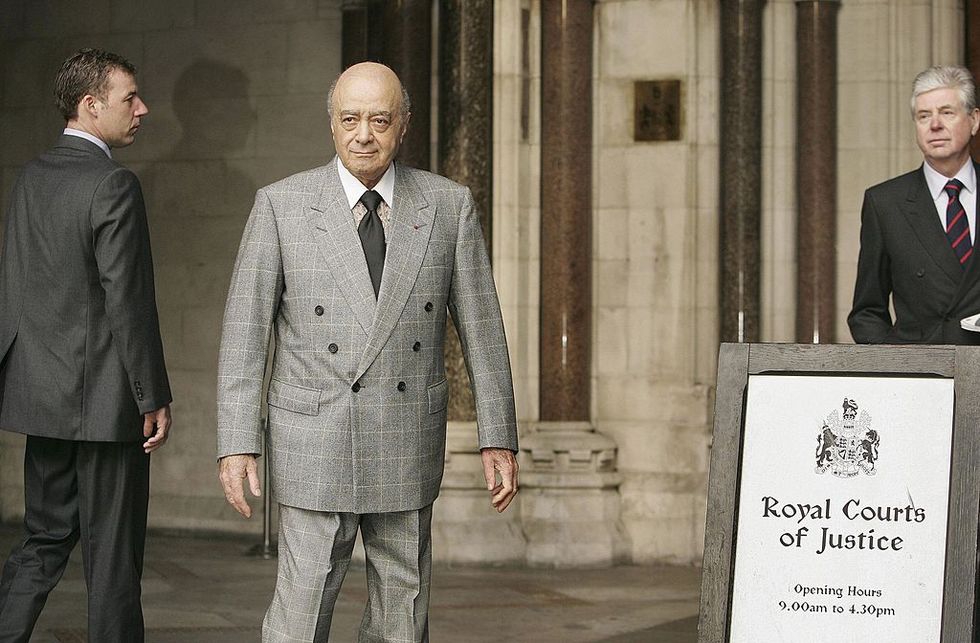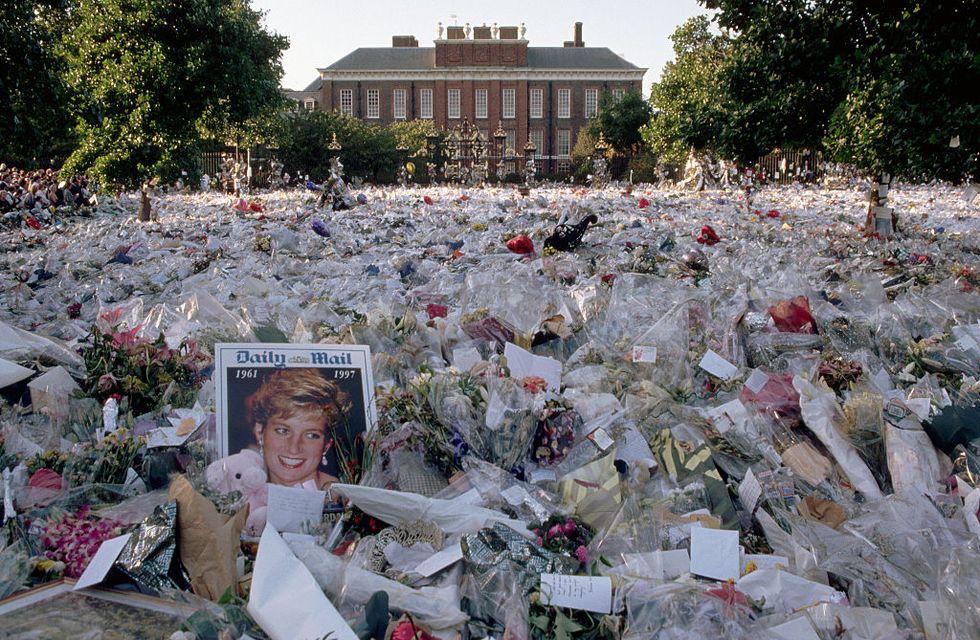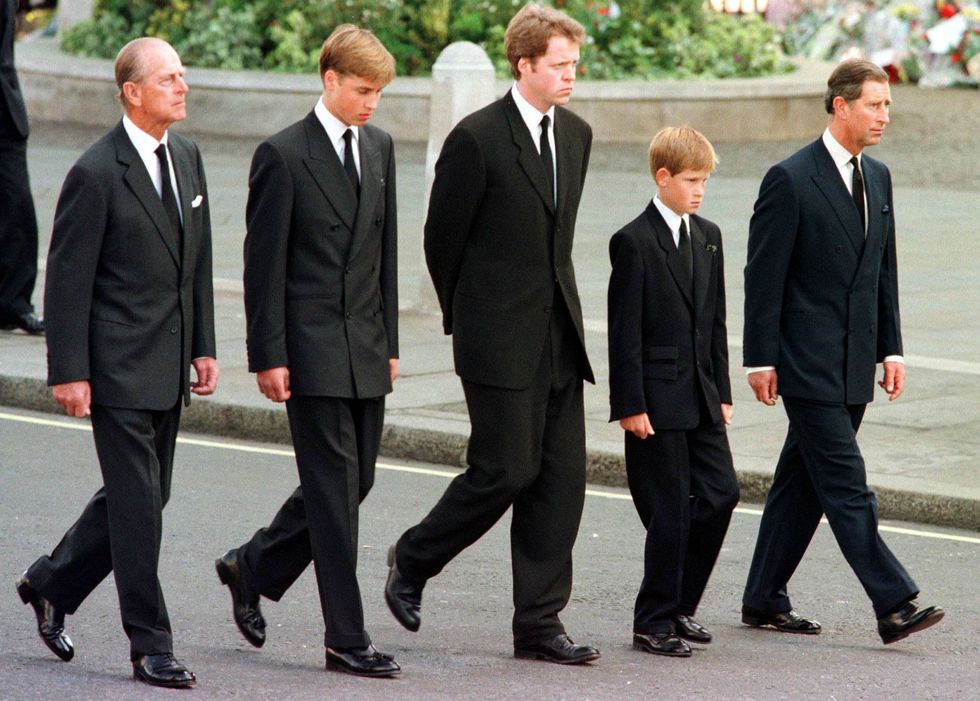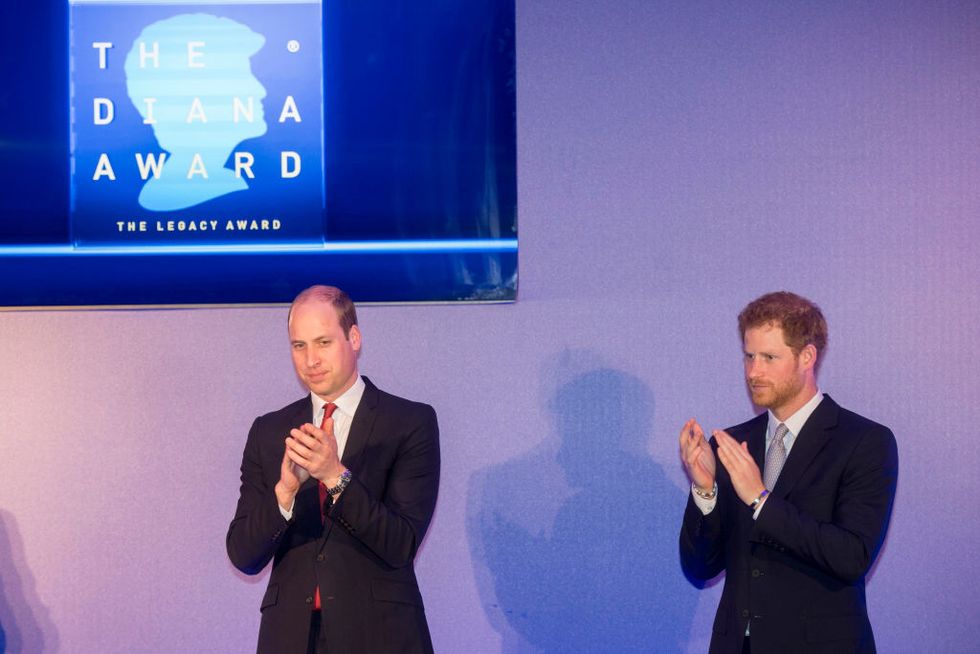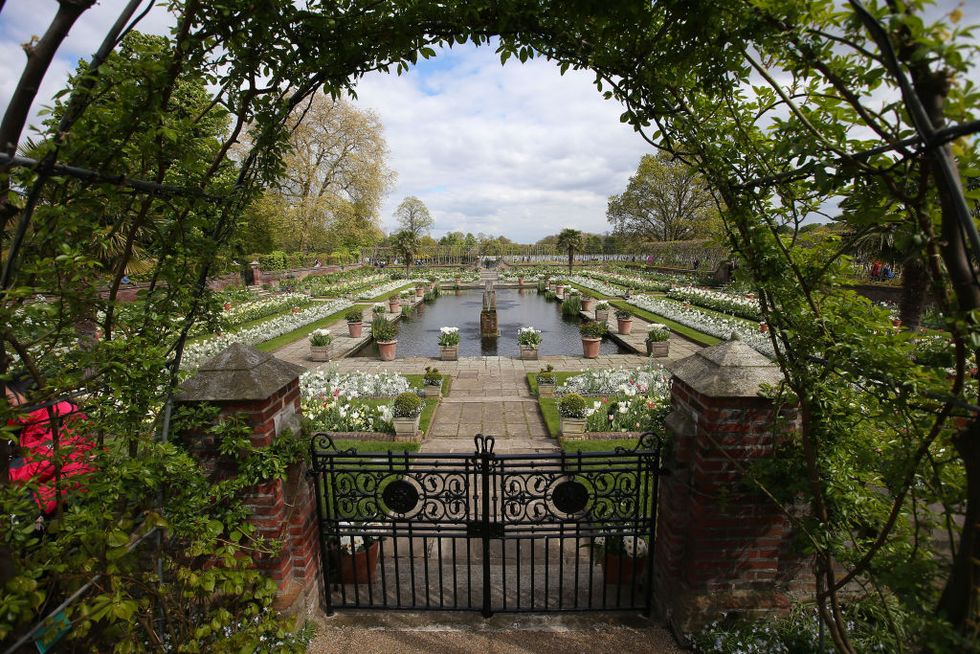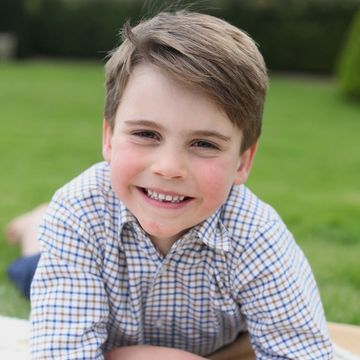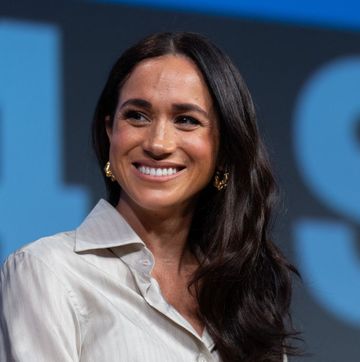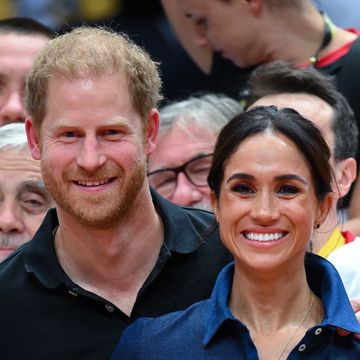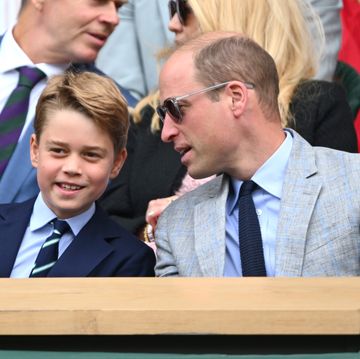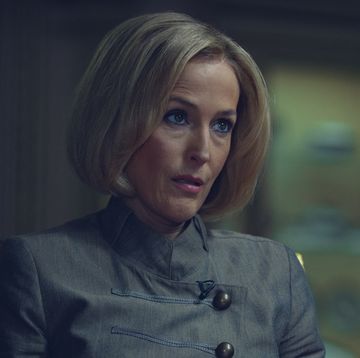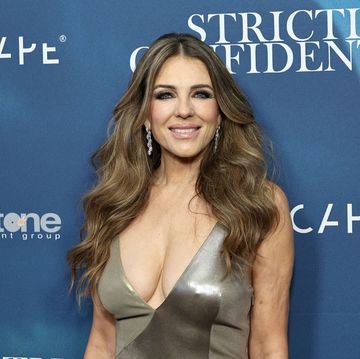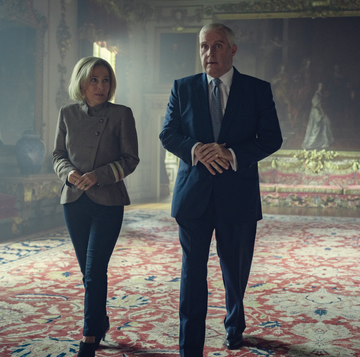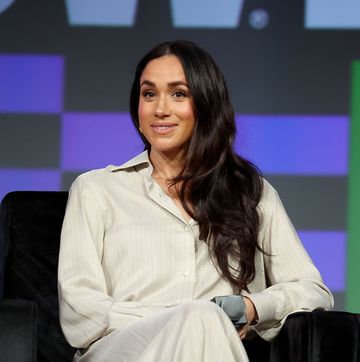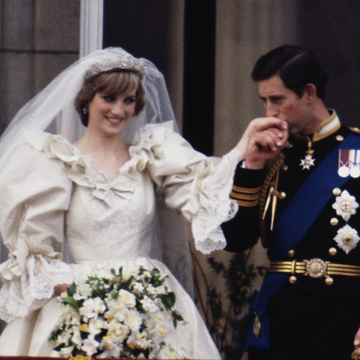After months of waiting, season six of The Crown is finally here. While the series is often full of laughter (this scene might just be the funniest in TV history), the new episodes will be the darkest yet.
For, as part of the broad timespan covered by the show’s final series, Part 1 depicts events leading up to and following Princess Diana’s tragic death.
A devastating loss for both her loved ones and the country, the late Princess has been remembered for charitable work and public advocacy, as well as her dedication to her children, Prince William and Prince Harry.
The Crown's depiction of "the people’s princess" (as former PM Tony Blair called Diana after her death) during her final days will no doubt be incredibly moving for viewers, especially those who remember the national outpouring of grief when news broke of her fatal car accident.
As previously confirmed, the series does not show the crash itself, instead focusing on the impact it had – and as the creators have repeatedly reiterated The Crown is a dramatised (and therefore, fictionalised) telling of true events.
Below, we reflect on what happened after that fateful night, over 25 years ago.
How did Princess Diana die?
Just after midnight on 31 August 31 1997, news began to surface of a car crash involving one of the most famous women in the world. The black Mercedes driven by Henri Paul and carrying Diana, Princess of Wales, her companion Dodi Al-Fayed, son of Egyptian billionaire Mohamed Al-Fayed, and bodyguard Trevor Rees-Jones had crashed in the Alma tunnel in Paris. The car had picked up the Princess and Dodi at the rear entrance of the Ritz hotel just minutes earlier.
Dodi and Paul were killed outright, while Diana and Rees-Jones suffered major injuries. An ambulance arrived on the scene within minutes and the medical team began treating the Princess for a cardiac arrest, before she was transferred to the Pitie-Salpetriere hospital in the French capital.
She was operated on by Professor Alain Pavie, the president of the French college of cardiovascular surgeons, who discovered severe internal injuries. Following two hours of emergency treatment, Diana was pronounced dead at around 4am. Her bodyguard Rees-Jones was the only survivor of the crash.
Were there any witnesses?
The crash was reportedly witnessed by a motorist driving in front of the car Princess Diana was traveling inside. Speaking at an inquest into Diana and Dodi’s deaths, the motorist, Francois Levistre told the jury a motorbike overtook the princess’s car in the tunnel and that he saw a bright flash.
"I realised there was this major white flash of the motorbike in front of the Mercedes, in front of the car," Mr Levistre's translator said. "I was nearly at the exit of the tunnel and I realised that because I heard the noise of the motorbike within the tunnel."
Investigators also believe the driver of a white Fiat Uno could shed light on what happened in the Pont de l'Alma tunnel on the night of the crash. French police were unable to find the driver, however, though they did find traces of white paint following the crash. Speaking in a Channel 4 documentary Investigating Diana: Death in Paris, Martine Monteil, head of the Brigade Criminelle, said: "I have frustration about the Fiat Uno because I like a well-finished business. For sure, it's out there. Unfortunately we don't have it. But you know the driver of the Fiat Uno, he's not the real culprit. He's driving along quietly and then a Mercedes arrives at high speed and bumps into him. The responsibility remains with the Mercedes."
The cause of the crash
In the wake of the tragedy, both French and British authorities reported that the driver, Paul, was responsible for the crash. French toxicology tests revealed he was drunk when he lost control of the Mercedes, while trying to shake off paparazzi photographers. This was examined in the investigation and inquest into the deaths of the Princess and Dodi that followed years later.
What was Operation Paget?
A three year investigation into the crash was led by former Metropolitan police commissioner Lord Stevens in 2006, which was known as Operation Paget. The £3.69 million inquiry gave a full account of the injuries suffered by the Princess and concluded that the crash was an accident.
The report stated that the Mercedes was travelling at an excessive speed and that neither Dodi nor Diana were wearing seatbelts. According to the report, Diana, Dodi and Paul might have survived had they been wearing them. But there was more to be uncovered.
Two years later, an inquest lasting six months took place. After hearing evidence from 250 witnesses, the jury at the inquests into the deaths of Diana and Dodi definitively decided that they had been unlawfully killed by a combination of the driving of their Mercedes by their chauffeur, who was said to be culpable of "gross negligence", and the driving of following vehicles carrying paparazzi photographers.
Lord Stevens said he was satisfied with the verdict. "This has been an unprecedented issue," he said. "This is a justification of the report that we did." Prince William and Prince Harry also issued a statement saying they agreed with the jury's decision and thanked the jurors for the "thorough" way they considered the evidence.
Conspiracy theories around the car crash and death
The jurors' findings put a number of conspiracy theories around Diana's death to rest, although some have continued to circulate.
One of these claims was that Diana's death was ordered by her family, in order to cover up the theory that Diana was pregnant with Dodi's child.
In 2003, Dodi's father Mohammed Al Fayed told US TV programme Primetime that Diana phoned him on the night she died to tell him she was pregnant with Dodi's baby.
The coroner cast serious doubt over Fayed's claims, but throughout the inquest, Fayed maintained that Diana and Dodi were "murdered" by MI6 on the orders of the then Duke of Edinburgh, Prince Philip. The former Harrods owner told the jurors that former Prime Minister Tony Blair, MI5, MI6 and the British ambassador to France were all part of the conspiracy, the BBC reported at the time.
Another theory involved the mystery of a white Fiat Uno which brushed past the Mercedes immediately before it crashed. It has continued to spark speculation in the years after Diana's death, and Fayed alleged it was being used to cause the Mercedes to swerve and eventually crash inside the Paris tunnel. Neither the car or the driver were ever traced in the investigation.
What was the royal family's response to Diana's death?
The Queen, Princes William and Harry, and other members of the royal family were at Balmoral in Scotland, when Diana died, and the Queen did not immediately return to London.
It's a decision that was much-debated, and criticised by many (we delve into the reasons why here) but that was defended by Princess Anne. Reflecting on the moment in 2017, she told ITV News she agreed with her mother's decision to stay with the young Princes. "My mother did exactly the right thing," she claimed. "It's absolutely extraordinary that any right-minded parent should believe there would have been an alternative to bring those children down here to London in all that hoo-ha."
In a televised address before Diana's funeral, Queen Elizabeth II paid tribute to the Princess of Wales. In her speech, she emphasised, "What I say to you now, as your Queen and as a grandmother, I say from my heart," before praising Diana as "an exceptional and gifted human being."
"In good times and bad, she never lost her capacity to smile and laugh, nor to inspire others with her warmth and kindness. I admired and respected her - for her energy and commitment to others, and especially for her devotion to her two boys," she continued.
The late Queen also explained her reason for remaining at Balmoral after the crash, saying: "This week at Balmoral, we have all been trying to help William and Harry come to terms with the devastating loss that they and the rest of us have suffered." She added: "I for one believe there are lessons to be drawn from her life and from the extraordinary and moving reaction to her death. I share in your determination to cherish her memory."
How did the public react to Princess Diana's death?
News of Diana's death, aged 36, sent shockwaves around the world. From the moment the news first broke to the day of her funeral, there was a national outburst of grief which had never been seen before. "The shock of Diana’s death was so sharp because so many of us had lived our lives by proxy through her," Andrew Marr writes in a foreword to The Diana Chronicles.
On the day she died, Tony Blair addressed the nation from outside St Mary Magdalene Church in Trimdon, in his Sedgefield constituency.
“She was the people's princess and that’s how she will stay, how she will remain in our hearts and in our memories forever,” the then Prime Minister declared.
A sea of floral tributes formed in front of Kensington Palace and thousands queued for hours as they waited to to sign books of condolence. Officials estimated that about 10 to 15 tons of bouquets, including 60 million individual flowers, were left throughout London by those paying their respects to the Princess.
The funeral
The Princess's funeral was held at Westminster Abbey on 6 September 1997. It was a public day of mourning, with around 2,000 people in attendance, including politicians and celebrities, and an estimated 2.5 billion people watching worldwide.
The day began at just after 9am, when the coffin left Kensington Palace on a gun carriage. A four mile procession brought her coffin to the Abbey, with the two princes, William and Harry, their father Prince Charles, grandfather Prince Philip and the Princess's brother Earl Spencer walking behind.
On top of the coffin was a a card to "Mummy" from one of her sons and at Buckingham Palace, the Union Flag was lowered to half mast for the very first time, and when the gun carriage bearing Diana's coffin passed the late Queen, she bowed her head, in a rare break with royal protocol.
During the ceremony, Diana's sisters read tributes and Elton John played a new version of Candle in the Wind.
In his address, Earl Spencer described his sister as the "very essence of compassion, of duty, of style, of beauty". He also highlighted the media intrusion into Diana's life, saying she was "the most hunted person of the modern age".
Following the service, the family attended a private ceremony at the Althorp estate, where Diana was buried.
Princess Diana's legacy
Diana was associated with more than 100 charities during her lifetime and will always be remembered as the "People's Princess".
Through her charity work, Diana highlighted how royalty, which had previously been known for its stuffiness, could be in touch with the public. In her interview with BBC's Panorama in 1995, she said, "I would like a monarchy that has more contact with its people." This statement became something of a personal mission for the Princess, and is reflected in the public duties carried out by Prince William and Catherine, the Princess of Wales, today.
She raised awareness of a number of humanitarian issues during her lifetime, often visiting homeless shelters in London and travelling to countries with a high leprosy rate in order to remove the stigma surrounding the disease. She also changed the world's perception of HIV and AIDS. At the time of her death, Gavin Hart, of the National AIDS Trust, told the BBC: "In our opinion, Diana was the foremost ambassador for AIDS awareness on the planet and no one can fill her shoes in terms of the work she did."
Today, Princes William and Harry have spoken about the huge influence their mother had on on their own charity work, with both royals actively continuing to fight for the causes she so publicly supported.
How is Diana remembered today?
Following her death, a number of public memorials have opened. The Diana, Princess of Wales Memorial Fountain in London's Hyde Park was officially opened by the Queen in 2004 and a 7km circular walking trail, which passes between Kensington Gardens, Hyde Park, Green Park and St. James's Park, is dedicated to the Princess. At the Althorp estate, Diana's resting place, there is a memorial for visitors where well-wishers can leave flowers as a tribute.
To mark the 20th anniversary of her death, a memorial garden opened at Kensington Palace, known as the 'White Garden' – it was filled with Diana's favourite flowers and can be viewed from a public walkway.
On what would have been the Princess' 60th birthday, a statue of her was unveiled by William and Harry in the Sunken Garden of London's Kensington Palace.
Amber O’Connor is Cosmopolitan UK’s junior features writer, who covers everything from breaking news, women’s safety and real life features to fitness, travel, and cultural trends. She works on first-person features, reports, and long reads, plus the hottest stories of the day (if you want to know about the latest wellness craze or TikTok trends, she’s your girl).
Amber has previously worked as a reporter and a lifestyle writer, with her work appearing in numerous publications, including The Mirror, Red Magazine, Evening Standard, Indy100, and Yahoo News. When she’s not working her way through her TBR list, Amber loves dancing, running, and going on adventures with her dog.
Kimberley Bond is a Features Writer at Cosmopolitan. After gaining her MA in Magazine Journalism from the University of Sheffield in 2016, Kimberley first started her career as a showbiz and culture writer, where she interviewed A-Listers (and Z-Listers) on red carpets, at awards ceremonies and at parties.
After the pandemic put a hold on the showbiz circuit, Kimberley turned to features and has written for a number of publications including The Independent, The Telegraph, Evening Standard, Stylist and Glamour amongst countless others.
She’s still a complete celebrity gossip hound, and when she’s not scrolling through the sidebar of shame you can find her on X, LinkedIn or in the gym where’s trying and failing to get an arse like JLo.
